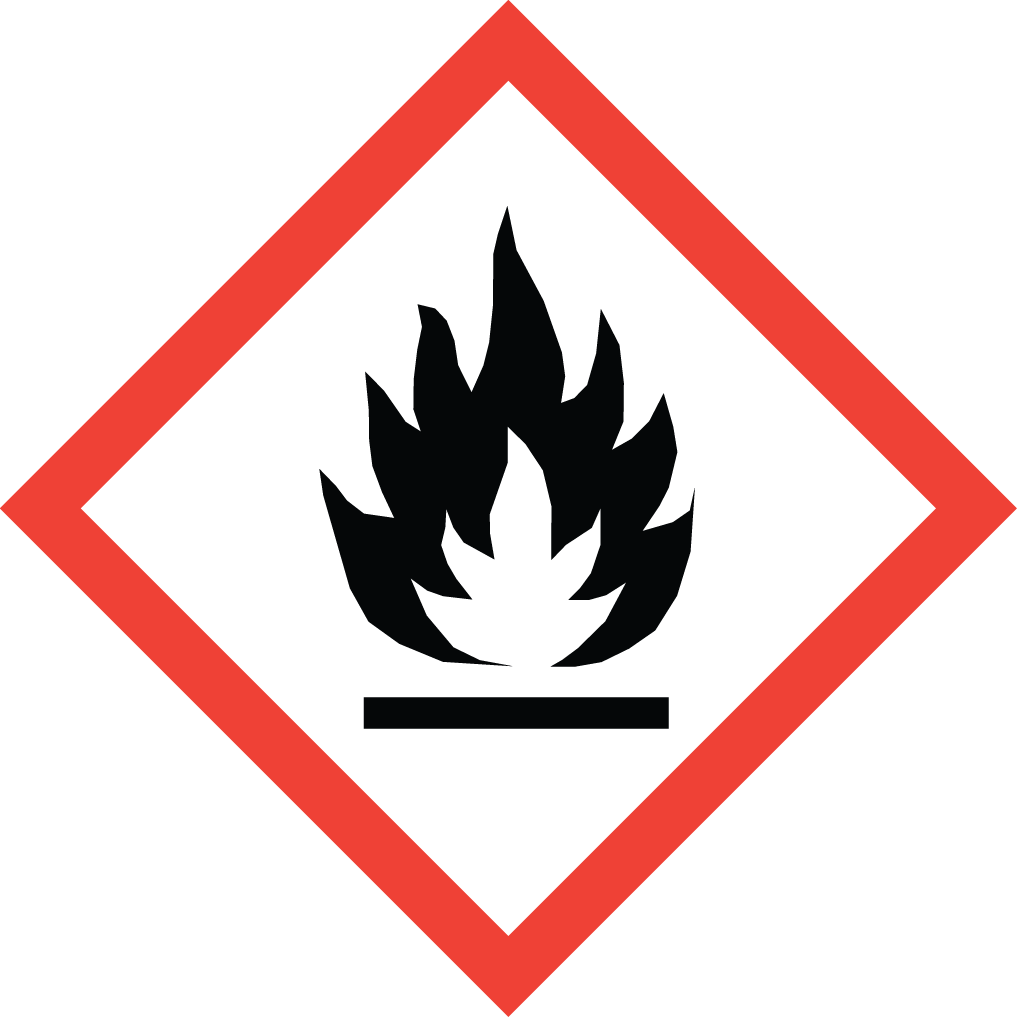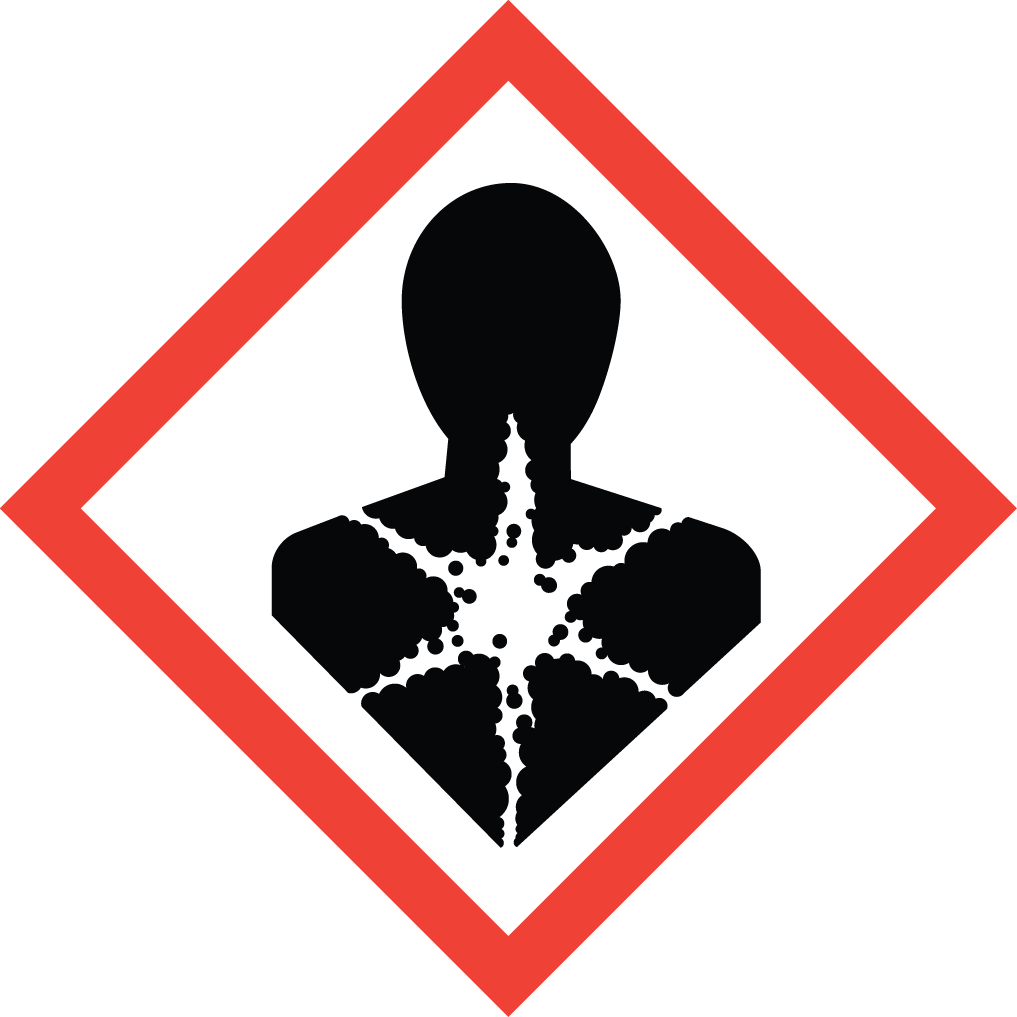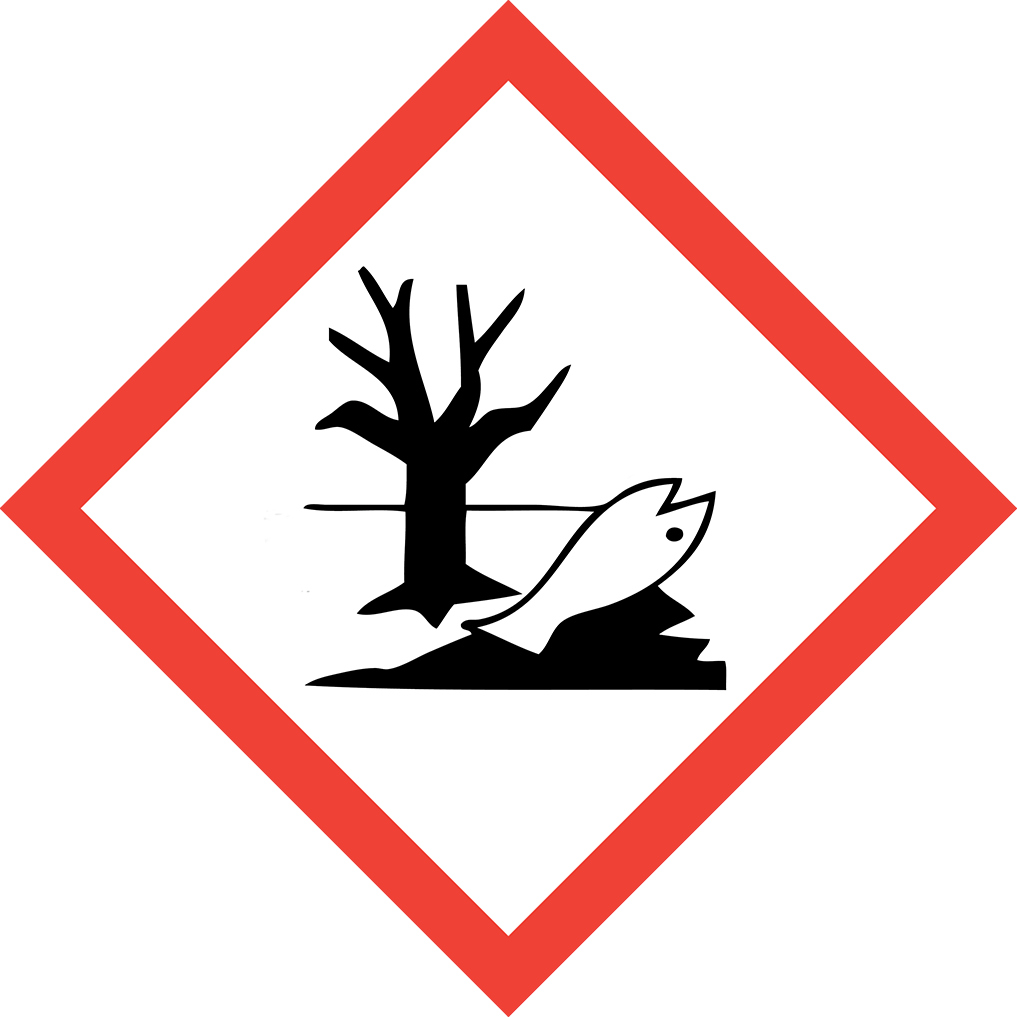Discover Aure Chemical's Premium Heptane Supply
Aure Chemical is a leading global supplier of Heptane, specifically n-Heptane, a straight-chain alkane renowned for its purity and versatility. We are committed to providing high-quality Heptane with consistent specifications and a reliable supply chain to meet the diverse demands of your industry.
Basic Information of Heptane
Heptane (CAS No. 142-82-5) is a colorless, highly flammable liquid with a gasoline-like odor. As a non-polar solvent, it finds extensive use in applications requiring a hydrocarbon with specific boiling points and solvency characteristics, ranging from industrial formulations to analytical chemistry.
| CAS No.: | 142-82-5 |
|---|
| EC No.: | 205-563-8 |
|---|
| Linear Formula: | C₇H₁₆ |
|---|
| Molecular Weight: | 100.2 |
|---|
| Appearance: | Clear, colorless liquid |
|---|
| Melting Point: | −91 °C(lit.)
|
|---|
| Density: | 0.684 g/mL at 20 °C
|
|---|
| RIDADR: | UN 1206 3/PG 2 |
|---|
| Chemical Structure: |  |
|---|
Key Applications of Heptane (n-Heptane)
Heptane's distinct properties make it an invaluable compound across various sectors:
Industrial Solvent: Widely used in the formulation of paints, coatings, adhesives, and inks due to its excellent solvency for non-polar substances.
Pharmaceutical & Chemical Synthesis: Serves as a reaction solvent, extraction solvent, or crystallization solvent in the manufacturing of active pharmaceutical ingredients (APIs) and other fine chemicals.
Octane Rating Standard: Heptane is assigned an octane rating of 0 and is used in conjunction with Isooctane (100 octane) as a primary reference fuel to determine the octane number of gasoline.
Laboratory Reagent: Utilized extensively in analytical chemistry, including gas chromatography, spectroscopy, and as a diluent or extraction solvent.
Rubber & Plastics Industry: Employed as a solvent or diluent in the processing of certain rubbers and plastics.
Aure Chemical: Your Reliable Heptane Partner
Partnering with Aure Chemical for your Heptane supply means benefiting from:
Consistent Quality: We ensure high purity and reliable performance for every batch through robust quality assurance protocols.
Global Supply Chain: Our extensive logistics network guarantees efficient and secure delivery of Heptane to your facilities worldwide, in full compliance with international shipping regulations.
Commitment to Safety: We adhere to the highest safety standards for the handling, storage, and transportation of this flammable liquid, providing complete Safety Data Sheets (SDS) and necessary dangerous goods documentation.
Dedicated Customer Support: Our knowledgeable team is always available to provide technical insights and assist with your ordering and logistical requirements.
Hazards Classification
GHS Classification: Flammable Liquid (GHS02), Health Hazard (GHS08), Environmental Hazard (GHS09)
Hazard Statements: Highly flammable liquid and vapor; may cause drowsiness or dizziness; may cause damage to organs through prolonged or repeated exposure; toxic to aquatic life with long lasting effects.
UN Number: UN 1208
Hazard Class: 3 (Flammable Liquids)
Packing Group: II
 GHS02: Flammable
GHS02: Flammable GHS08: Health hazard
GHS08: Health hazard GHS09: Environmental hazard
GHS09: Environmental hazard
